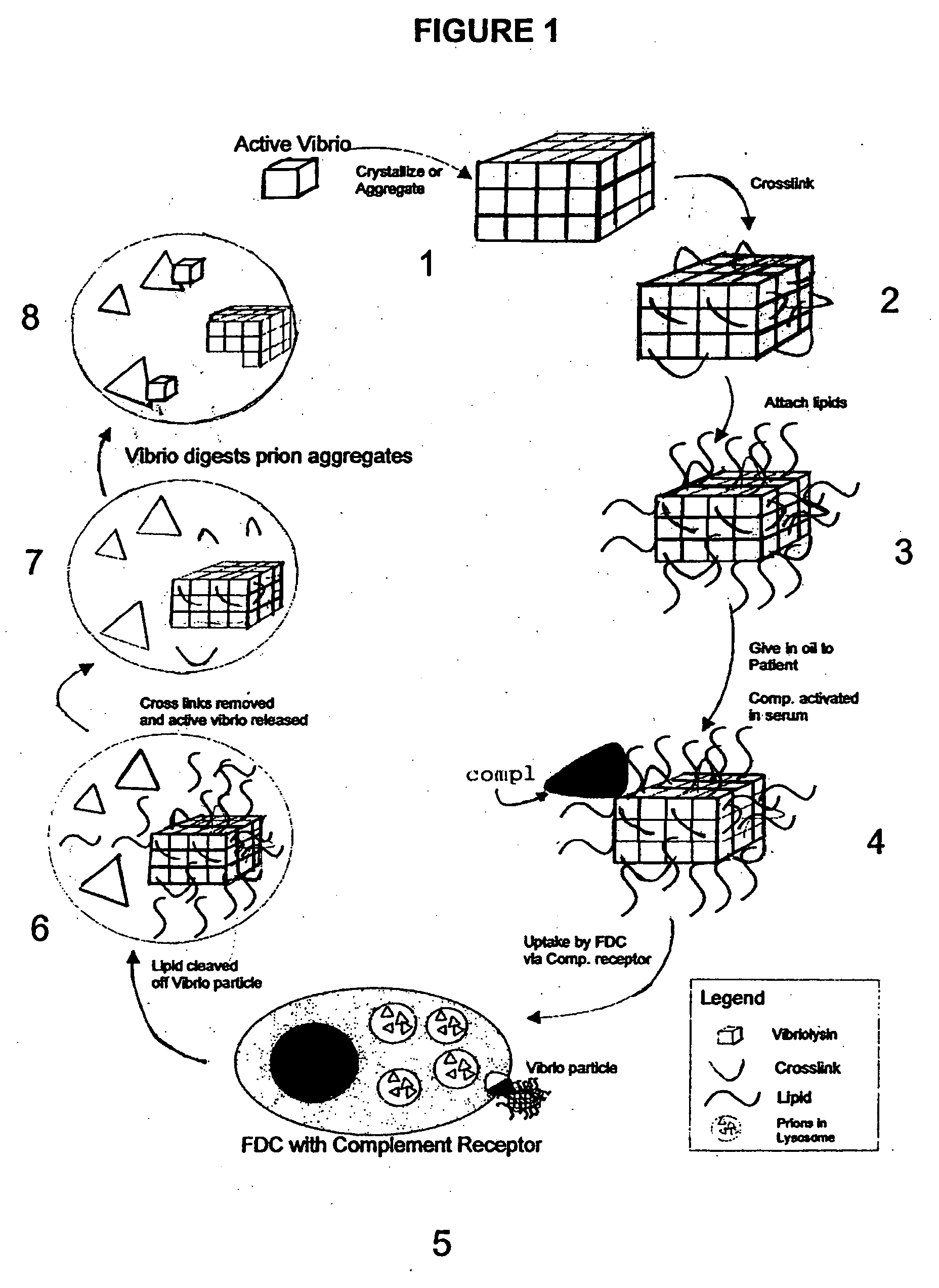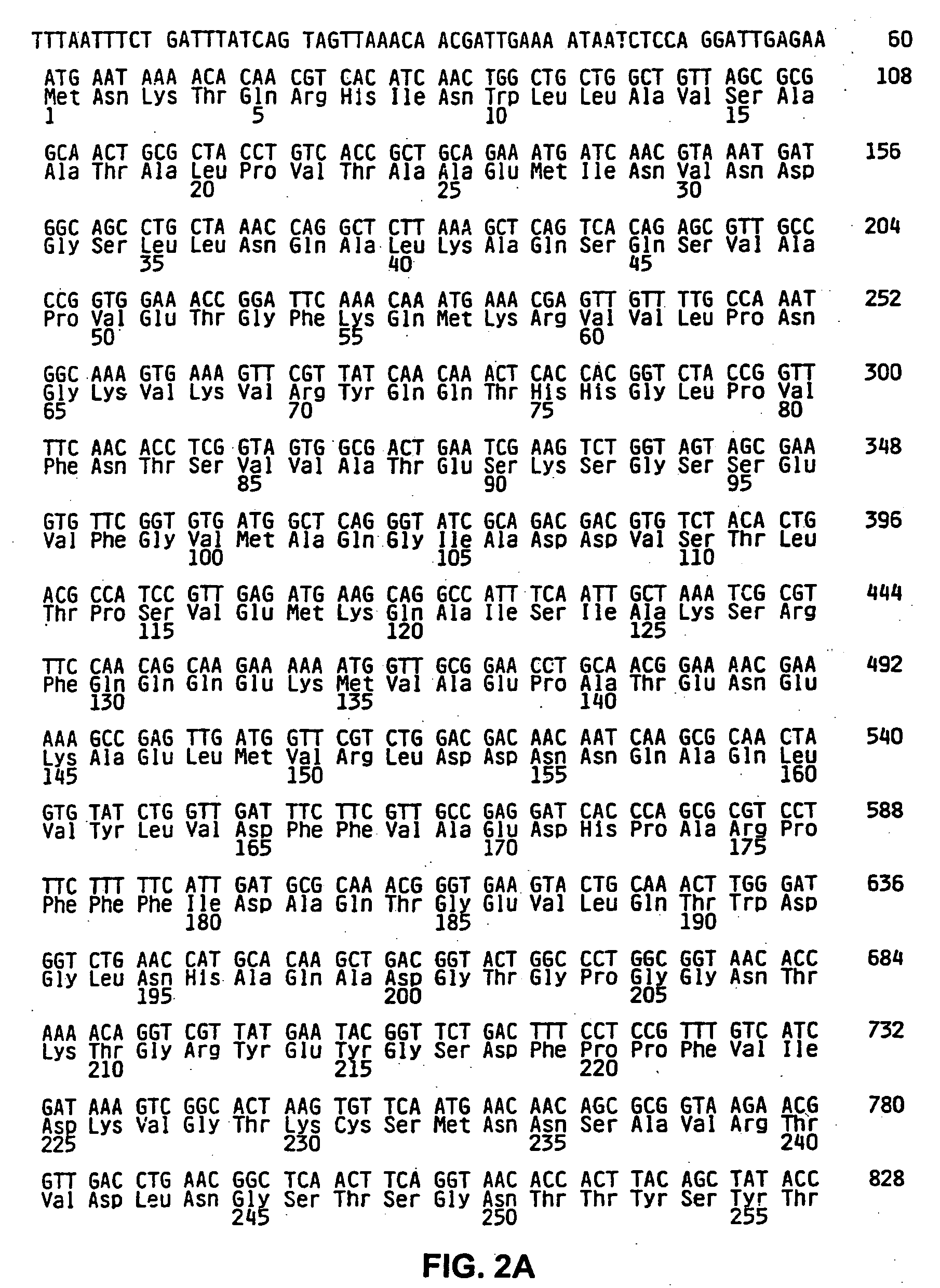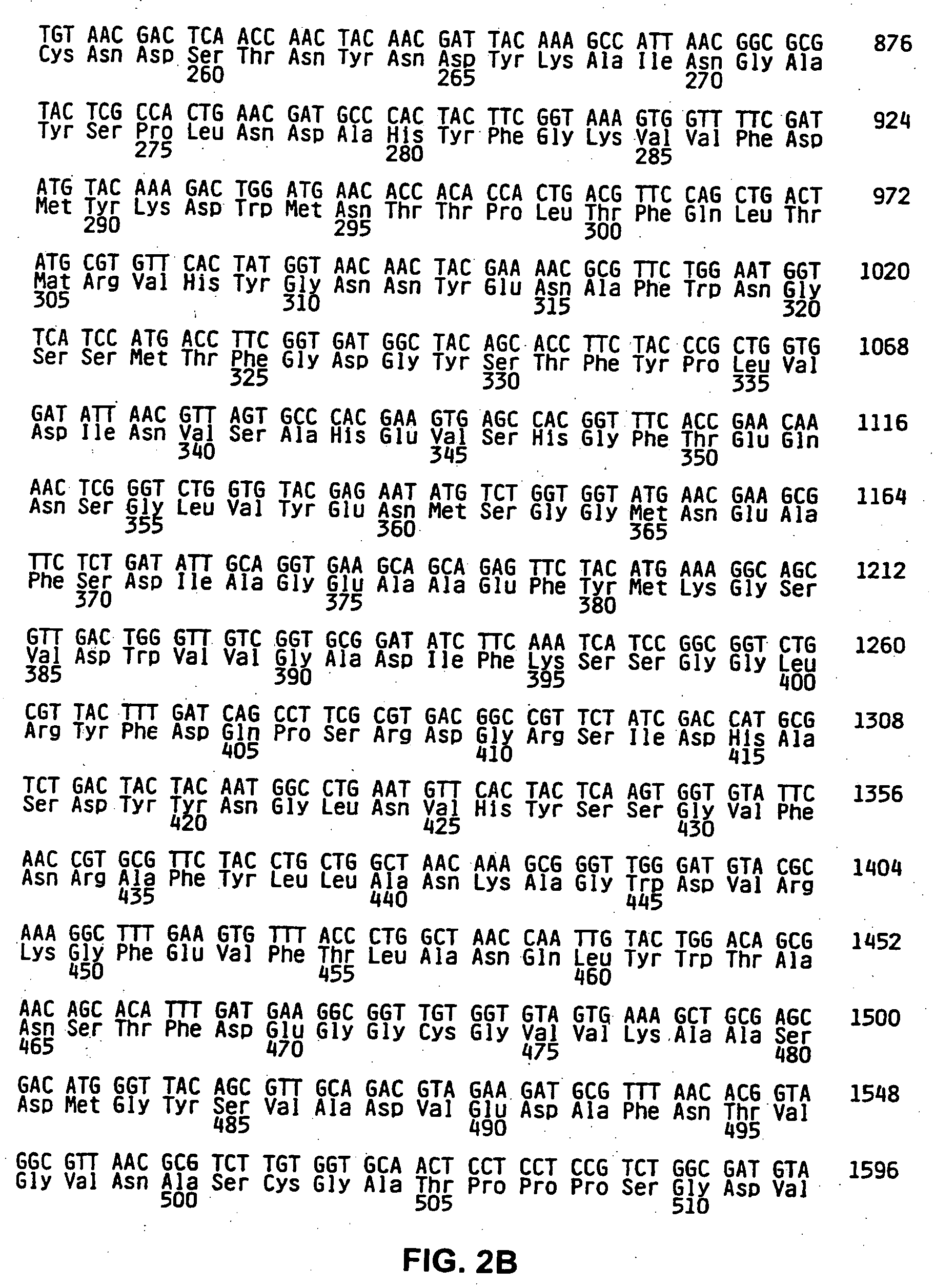Destruction of prions using vibrolysin or variants thereof
a technology of vibrolysin and prions, which is applied in the direction of genetic material ingredients, drug compositions, peptide/protein ingredients, etc., can solve the problems of reducing the efficiency of cross-species barriers, difficulty in their breakdown and elimination, and difficulty in digesting, so as to reduce the activity of infectious prions, destroy their infective activity, and reduce or eradicate the contamination of said instruments by prion contamination
- Summary
- Abstract
- Description
- Claims
- Application Information
AI Technical Summary
Benefits of technology
Problems solved by technology
Method used
Image
Examples
example
[0070] Prions or infection proteins derived animal forms of prion disease (scrapie in sheep, bovine spongiform encephalopathy BSE) in cows) as well as the human form of the disease (variant Creutzfeld-Jacob Disease (vCJD)) have the special property of being resistant to protease digestion. This property is believed in part to be an important characteristic in their propagation and the difficulty in eliminating prions from the body. Prions are composed of very hydrophobic prion proteins that form large aggregates. Vibriolysin, a protease with the propensity to cleave hydrophobic regions of proteins, is a likely candidate for a protease that can cleave the prion protein. The following experiment was undertaken to assess the ability of vibriolysin to cleave prion proteins.
Methods and Materials
[0071] A sample of vCJD affected brain was obtained and a 20% homogenate prepared in phosphate buffered saline. The homogenate was dilute to a 10% w / v solution with Tris-HCL and NaCl solutions ...
PUM
| Property | Measurement | Unit |
|---|---|---|
| temperature | aaaaa | aaaaa |
| concentration | aaaaa | aaaaa |
| concentration | aaaaa | aaaaa |
Abstract
Description
Claims
Application Information
 Login to View More
Login to View More - R&D
- Intellectual Property
- Life Sciences
- Materials
- Tech Scout
- Unparalleled Data Quality
- Higher Quality Content
- 60% Fewer Hallucinations
Browse by: Latest US Patents, China's latest patents, Technical Efficacy Thesaurus, Application Domain, Technology Topic, Popular Technical Reports.
© 2025 PatSnap. All rights reserved.Legal|Privacy policy|Modern Slavery Act Transparency Statement|Sitemap|About US| Contact US: help@patsnap.com



